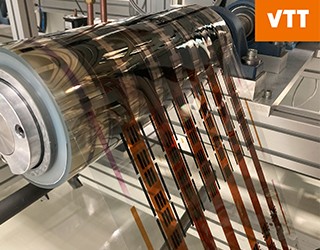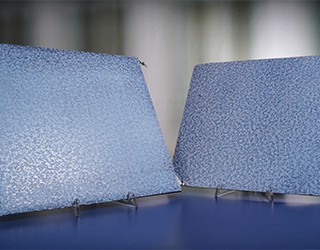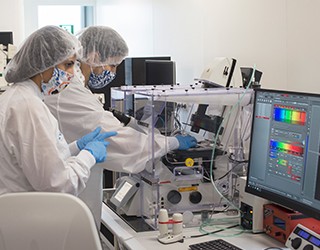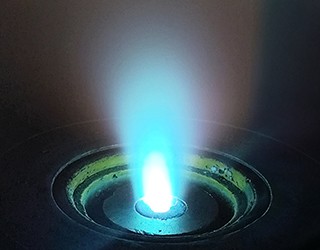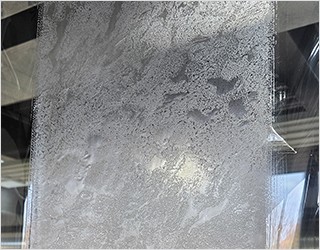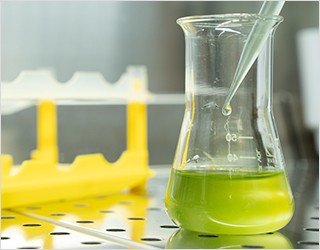
Researchers in Saxony are developing biotechnological cell factories that do not require agricultural land or fossil raw materials. Chemnitz University of Technology, Leipzig University, and Fraunhofer FEP are using microalgae to produce the important basic chemical glycolate from carbon dioxide and sunlight - a building block for medicines, preservatives, and polymers that is currently produced from partially toxic fossil raw materials.
more info Fraunhofer Institute for Electron Beam
Fraunhofer Institute for Electron Beam












